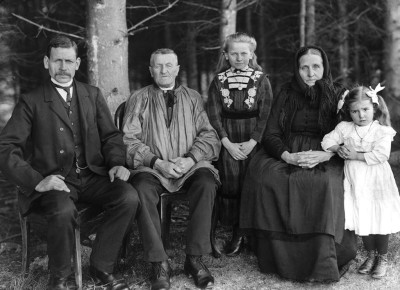
Weegee Collection
Weegee
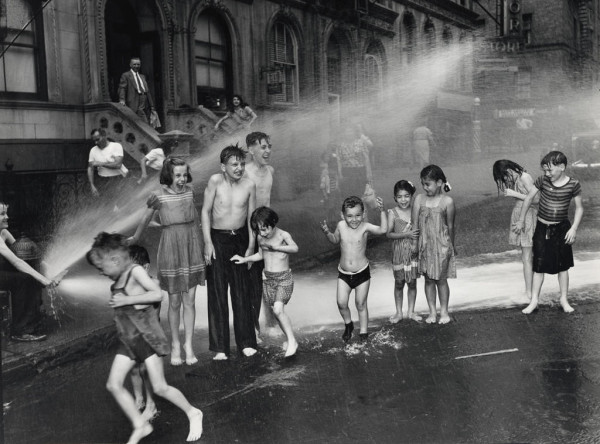
Weegee Collection
Weegee
- Photographic
- Historical Documentary
- Place
- Communities
- Portraits
- Popular Cultures
- Urban Landscapes
- International Documentary
- Historical
- World
“I have no inhibitions and neither does my camera…” – Weegee
Between the 1930s and 1960s, Arthur Fellig (better known as Weegee) documented the raw intensity of New York City’s streets. Working primarily at night, he captured crime scenes, tenement fires, desperate crowds, and moments of unexpected humour with an unflinching eye for the surreal drama of urban life.
Through stark black-and-white photographs, the exhibition presents an uncompromising portrait of mid-century New York. Weegee’s images strip the city to its bare essence - its violence, its tragedies, its eccentricities - offering a visceral and deeply human record of people living on society’s margins. His signature use of a Speed Graphic camera and a harsh flash isolated his subjects, emphasising the drama and immediacy of their circumstances.
What makes Weegee’s work distinct is its intimate access to crime and spectacle. A master of timing, he listened to police radio broadcasts, often arriving at crime scenes before the authorities. His images stand alone as striking documents but are also infused with his own wry commentary, which offers insight into his relationship with the city and its inhabitants.
Weegee’s brutal honesty and keen understanding of human nature continue to challenge photographic storytelling. Widely celebrated in his time, his work remains a defining example of documentary photography.
In 1981, Side in Newcastle upon Tyne organised the first UK tour of Weegee’s work, marking a significant milestone in bringing his compelling narratives to a British audience. This initiative fostered a lasting relationship between Side Gallery and Weegee’s widow, Wilma Wilcox, which continued until her passing in the early 1990s.
Arthur Fellig was born in Austria in 1899. Coming to the USA in 1909, he ended up in Manhattan’s Lower East Side. Leaving school in 1914 to help support the family, he worked for a time as a street photographer. In 1923 he joined Acme News Services as a darkroom operator. In 1935, he left to work as a freelance photographer.
He acquired the name "Weegee" early on, a reference to the Ouija board and his uncanny ability to arrive quickly at crime scenes – sometimes, even before the police (from 1937, he was the only civilian allowed to install a police radio in his car).
From 1940 to 1944, Weegee worked on a retainer to PM newspaper, free to choose his own stories and making many of his best pictures in this period. 1945 saw an exhibition at the Museum of Modern Art and the publication of his best seller Naked City. The following year Weegee’s People was published - opening up on the stories of New York: its streets, its bars and tenements, its crimes, tragedies and entertainments, he helped to shape urban America’s consciousness of itself, his images defining both the myth and reality of the city.
Emerging as a national celebrity, he travelled to Hollywood, lecturing and photographing for Naked Hollywood (1953). He travelled widely and continued to work up until his death in 1968.
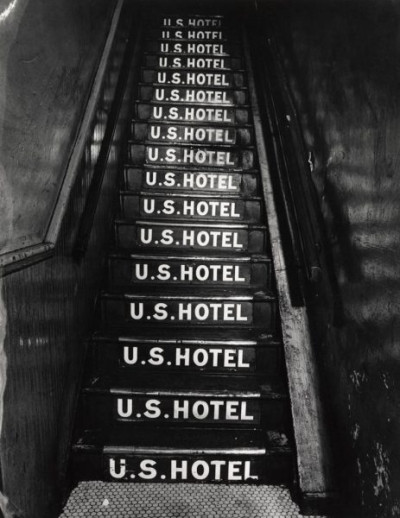
Weegee Collection: U.S. Hotel Staricase, c. 1944
- Ref: 046-026-PBW
- Date: c. 1944
- Artist: Weegee
- Copyright: Usage rights held by the ICP (International Center of Photography) in New York

Weegee Collection: Entertainers at Sammy’s-on-the-Bowery, 1944/45
- Ref: 046-012-PBW
- Date: 1944/45
- Artist: Weegee
- Copyright: Usage rights held by the ICP (International Center of Photography) in New York
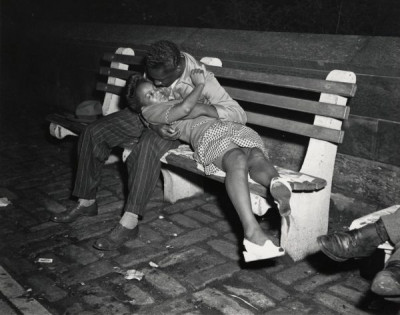
Weegee Collection: Lovers, 1940s
- Ref: 046-029-LBW
- Date: 1940s
- Artist: Weegee
- Copyright: Usage rights held by the ICP (International Center of Photography) in New York
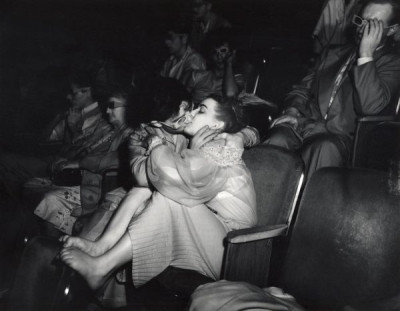
Weegee Collection: Lovers with 3-D glasses at the Palace Theatre (Infra-red), 1943
- Ref: 046-001-LBW
- Date: 1943
- Artist: Weegee
- Copyright: Usage rights held by the ICP (International Center of Photography) in New York

Weegee Collection: “A 35 m.p.h. wind”, 1941
- Ref: 046-009-LBW
- Date: 1941
- Artist: Weegee
- Copyright: Usage rights held by the ICP (International Center of Photography) in New York
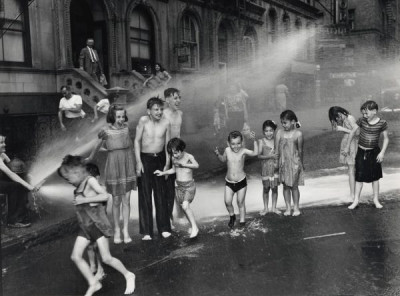
Weegee Collection: Summer, The Lower East Side, 1937
- Ref: 046-004-LBW
- Date: 1937
- Artist: Weegee
- Copyright: Usage rights held by the ICP (International Center of Photography) in New York
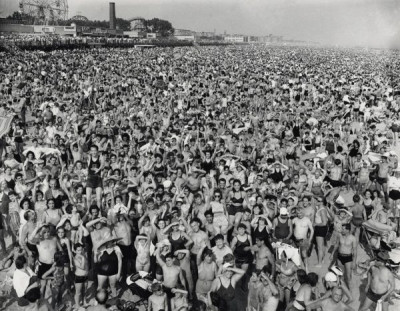
Weegee Collection: Crowd at Coney Island, 1940
- Ref: 046-005-LBW
- Date: 1940
- Artist: Weegee
- Copyright: Usage rights held by the ICP (International Center of Photography) in New York
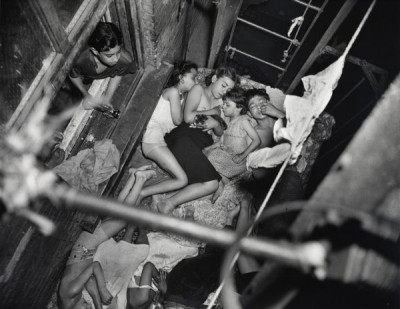
Weegee Collection: Heatspell, 1938
- Ref: 046-003-LBW
- Date: 1938
- Artist: Weegee
- Copyright: Usage rights held by the ICP (International Center of Photography) in New York
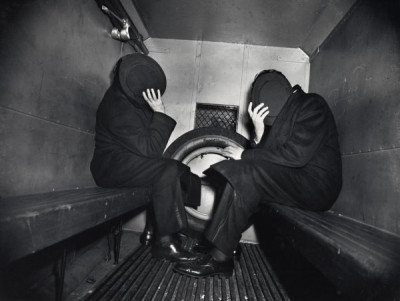
Weegee Collection: In Top Hats-In Trouble, January 27, 1942
- Ref: 046-006-LBW
- Date: 1942
- Artist: Weegee
- Copyright: Usage rights held by the ICP (International Center of Photography) in New York
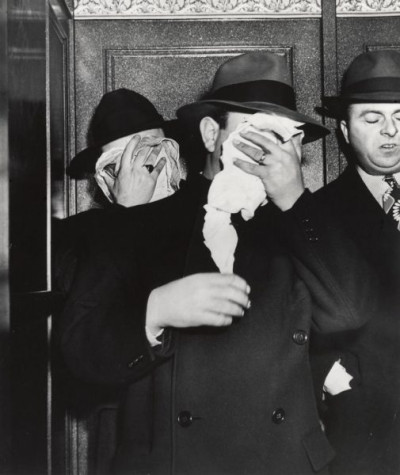
Weegee Collection: Arrested for bribing basketball players, 1942
- Ref: 046-042-PBW
- Date: 1942
- Artist: Weegee
- Copyright: Usage rights held by the ICP (International Center of Photography) in New York

Weegee Collection: Waiting in Line for the Night Judge, 1940s
- Ref: 046-013-LBW
- Date: 1940s
- Artist: Weegee
- Copyright: Usage rights held by the ICP (International Center of Photography) in New York
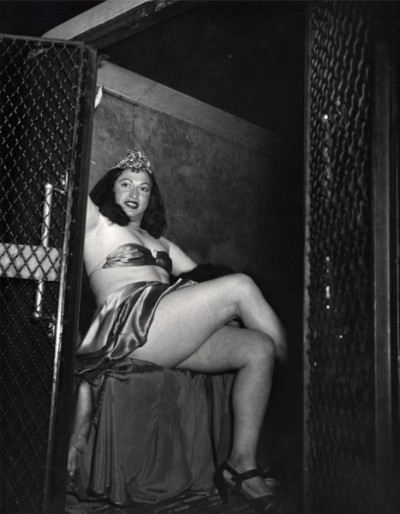
Weegee Collection: In the Paddy Wagon, 1940/41
- Ref: 046-028-PBW
- Date: 1940/41
- Artist: Weegee
- Copyright: Usage rights held by the ICP (International Center of Photography) in New York
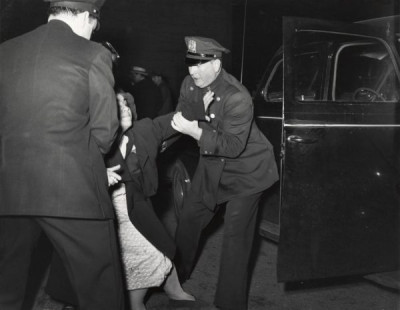
Weegee Collection: Police helping wife of murdered man, 1938
- Ref: 046-024-LBW
- Date: 1938
- Artist: Weegee
- Copyright: Usage rights held by the ICP (International Center of Photography) in New York

Weegee Collection: Ambulance will come, 1943/44
- Ref: 046-032-LBW
- Date: 1943/44
- Artist: Weegee
- Copyright: Usage rights held by the ICP (International Center of Photography) in New York
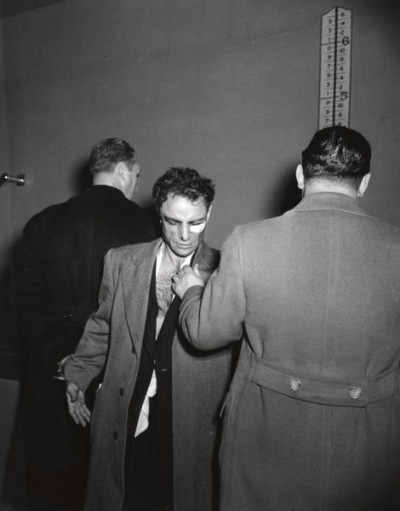
Weegee Collection: Booked on suspicion of killing a policeman, 1939
- Ref: 046-018-PBW
- Date: 1939
- Artist: Weegee
- Copyright: Usage rights held by the ICP (International Center of Photography) in New York
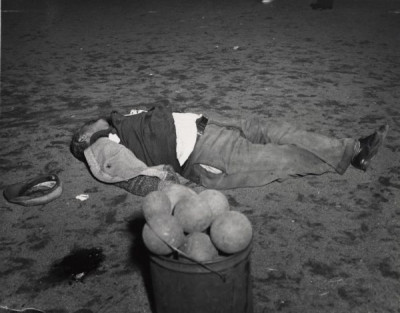
Weegee Collection: Murdered white playing bocci, 1939
- Ref: 046-025-LBW
- Date: 1939
- Artist: Weegee
- Copyright: Usage rights held by the ICP (International Center of Photography) in New York

Weegee Collection: Accident, 42nd Street at Third Avenue, 1946
- Ref: 046-011-PBW
- Date: 1946
- Artist: Weegee
- Copyright: Usage rights held by the ICP (International Center of Photography) in New York

Weegee Collection: Last rites for mother and two babies killed in a tenement fire, 1939
- Ref: 046-020-LBW
- Date: 1939
- Artist: Weegee
- Copyright: Usage rights held by the ICP (International Center of Photography) in New York

Weegee Collection: Tenement fire, Harlem, 1942
- Ref: 046-014-LBW
- Date: Historical
- Artist: Weegee
- Copyright: Usage rights held by the ICP (International Center of Photography) in New York

Weegee Collection: Simply Add Boiling Water, 1937
- Ref: 046-002-PBW
- Date: 1937
- Artist: Weegee
- Copyright: Usage rights held by the ICP (International Center of Photography) in New York
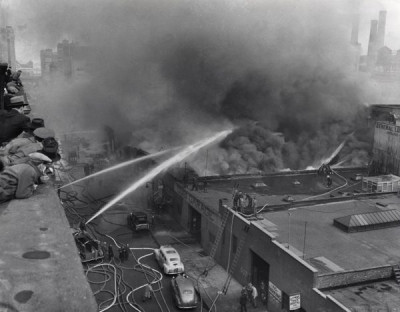
Weegee Collection: Conflagration, c. 1940
- Ref: 046-023-LBW
- Date: c. 1940
- Artist: Weegee
- Copyright: Usage rights held by the ICP (International Center of Photography) in New York
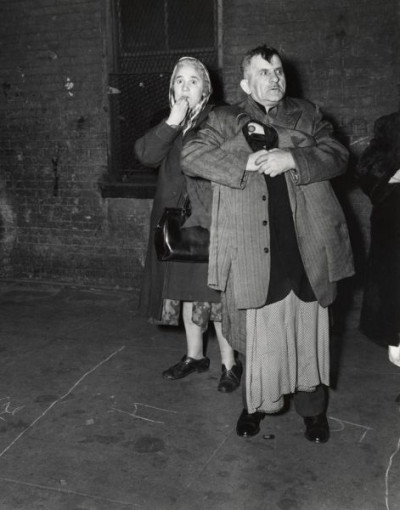
Weegee Collection: Tenement fire, 1945
- Ref: 046-035-PBW
- Date: 1945
- Artist: Weegee
- Copyright: Usage rights held by the ICP (International Center of Photography) in New York

Weegee Collection: Even Saved the Violin, 1945
- Ref: 046-041-LBW
- Date: 1945
- Artist: Weegee
- Copyright: Usage rights held by the ICP (International Center of Photography) in New York
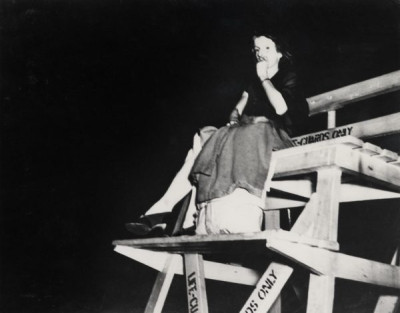
Weegee Collection: Night, Coney Island, 1940
- Ref: 046-033-LBW
- Date: 1940
- Artist: Weegee
- Copyright: Usage rights held by the ICP (International Center of Photography) in New York
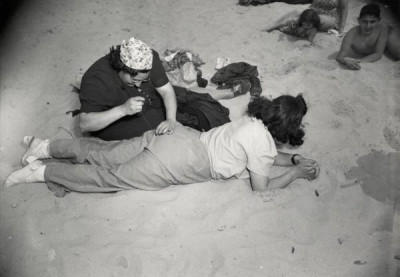
Weegee Collection: Mending, Coney Island, 1940
- Ref: 046-015-LBW
- Date: 1940
- Artist: Weegee
- Copyright: Usage rights held by the ICP (International Center of Photography) in New York

Weegee Collection: First Aid, c. 1940s
- Ref: 046-038-PBW
- Date: c. 1940s
- Artist: Weegee
- Copyright: Usage rights held by the ICP (International Center of Photography) in New York
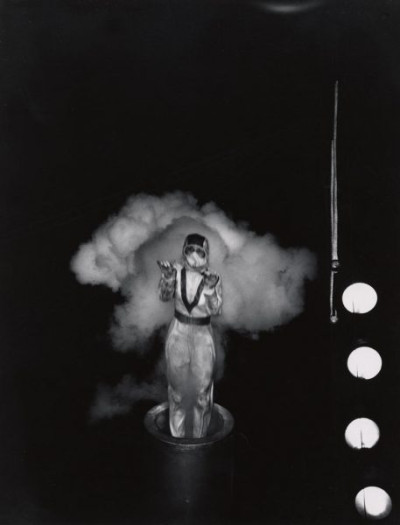
Weegee Collection: The Cannon Act, 1952
- Ref: 046-019-PBW
- Date: 1952
- Artist: Weegee
- Copyright: Usage rights held by the ICP (International Center of Photography) in New York
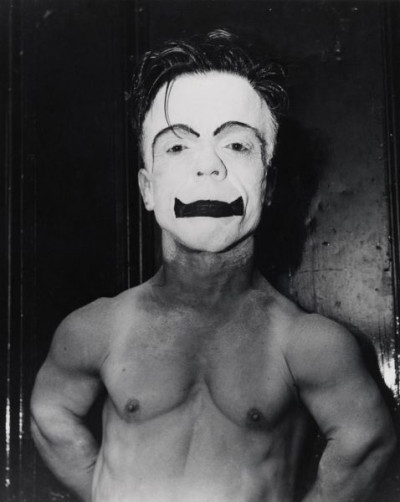
Weegee Collection: Performer Jimmy Armstrong, c. 1943
- Ref: 046-036-PBW
- Date: c. 1943
- Artist: Weegee
- Copyright: Usage rights held by the ICP (International Center of Photography) in New York
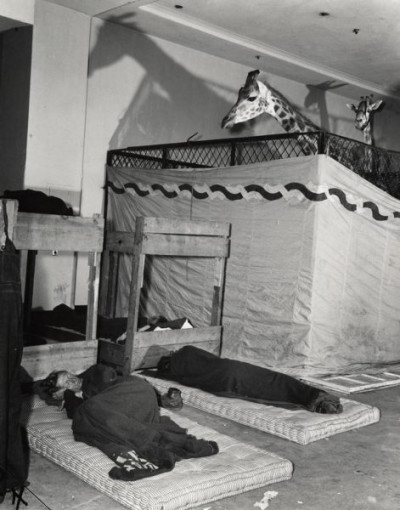
Weegee Collection: Caretakers, Madison Square Garden, 1944
- Ref: 046-031-PBW
- Date: 1944
- Artist: Weegee
- Copyright: Usage rights held by the ICP (International Center of Photography) in New York
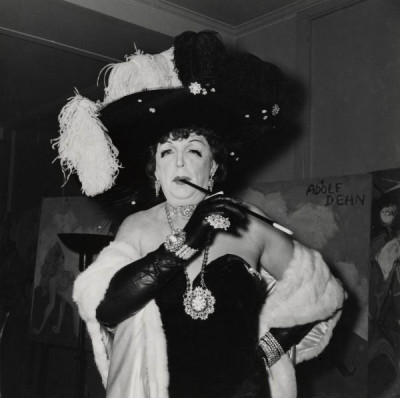
Weegee Collection: "A Grand Lady (or Man)", c. 1940s
- Ref: 046-037-PBW
- Date: c. 1940s
- Artist: Weegee
- Copyright: Usage rights held by the ICP (International Center of Photography) in New York
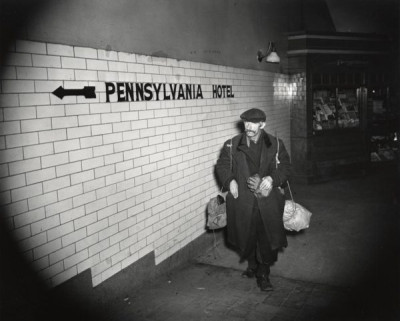
Weegee Collection: Pennsylvania Hotel, 1940s
- Ref: 046-030-LBW
- Date: 1940s
- Artist: Weegee
- Copyright: Usage rights held by the ICP (International Center of Photography) in New York

Weegee Collection: The Walking Department Store, 1940
- Ref: 046-034-PBW
- Date: 1940
- Artist: Weegee
- Copyright: Usage rights held by the ICP (International Center of Photography) in New York

Weegee Collection: Men Sleeping on the Sidewalk on the Bowery, 1950
- Ref: 046-016-LBW
- Date: 1950
- Artist: Weegee
- Copyright: Usage rights held by the ICP (International Center of Photography) in New York

Weegee Collection, c. 1940s
- Ref: 046-039-LBW
- Date: c. 1940s
- Artist: Weegee
- Copyright: Usage rights held by the ICP (International Center of Photography) in New York
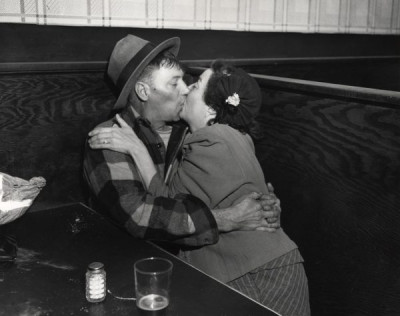
Weegee Collection: "Boy Gets Girl", c. 1940s
- Ref: 046-040-LBW
- Date: 1940s
- Artist: Weegee
- Copyright: Usage rights held by the ICP (International Center of Photography) in New York
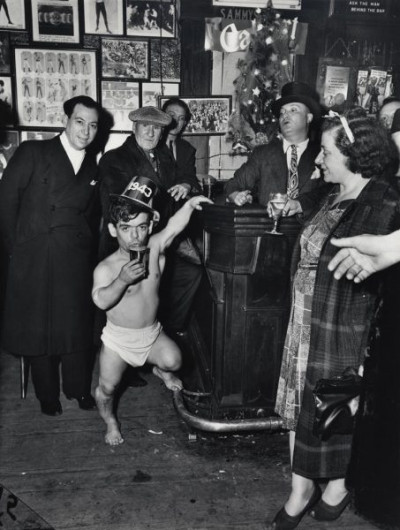
Weegee Collection: New Year’s Eve at Sammy’s-on-the-Bowery, 1943
- Ref: 046-007-PBW
- Date: 1943
- Artist: Weegee
- Copyright: Usage rights held by the ICP (International Center of Photography) in New York

Weegee Collection: Top hat, Outside the Metropolitan Opera House, 1943
- Ref: 046-027-LBW
- Date: 1943
- Artist: Weegee
- Copyright: Usage rights held by the ICP (International Center of Photography) in New York

Weegee Collection: Rehearsal, Metropolitan Opera, 1943
- Ref: 046-022-LBW
- Date: 1943
- Artist: Weegee
- Copyright: Usage rights held by the ICP (International Center of Photography) in New York
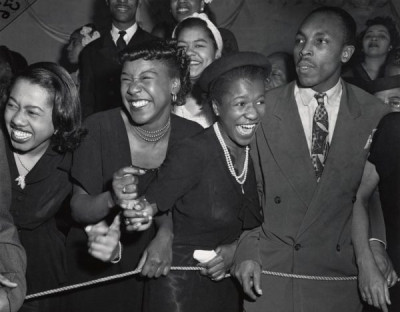
Weegee Collection: At a concert in Harlem, 1948
- Ref: 046-021-LBW
- Date: 1948
- Artist: Weegee
- Copyright: Usage rights held by the ICP (International Center of Photography) in New York
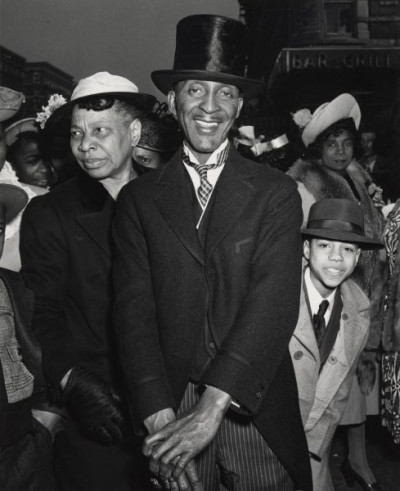
Weegee Collection: Easter Sunday in Harlem, 1940
- Ref: 046-010-PBW
- Date: 1940
- Artist: Weegee
- Copyright: Usage rights held by the ICP (International Center of Photography) in New York
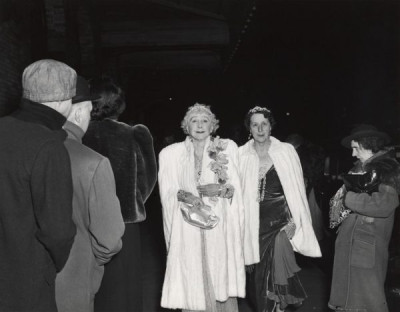
Weegee Collection: The Critic, 1943
- Ref: 046-008-LBW
- Date: 1943
- Artist: Weegee
- Copyright: Usage rights held by the ICP (International Center of Photography) in New York
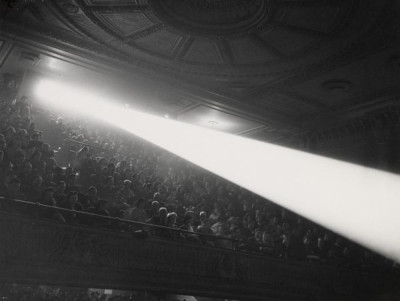
Weegee Collection: Cinema Projection, c. 1940s
- Ref: 046-017-LBW
- Date: c. 1940s
- Artist: Weegee
- Copyright: Usage rights held by the ICP (International Center of Photography) in New York
Related Works

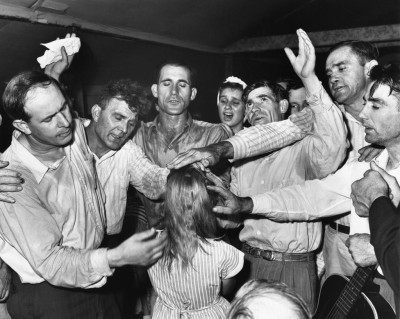
Russell Lee Collection
Russell Lee
Photographic
